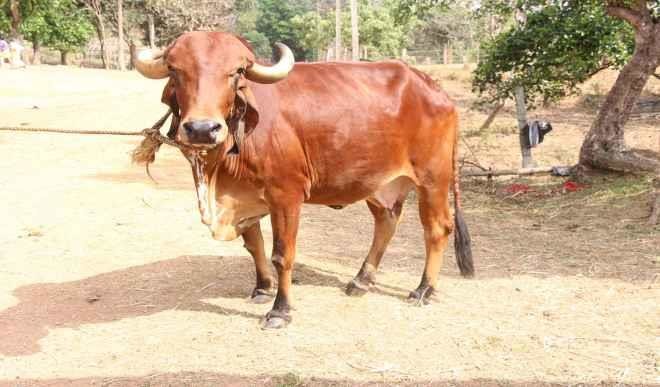How to get more milk from indigenous cows
Nigeria’s indigenous cattle breeds, largely owned by Fulani nomads, are the predominant source of milk for the ordinary Nigerian and often characterised by low milk production mainly due to inadequate feed supply, poor management practices among others. The few commercial dairy farmers on the other hand prefer importing exotic breeds of cattle with higher milk […]


Nigeria’s indigenous cattle breeds, largely owned by Fulani nomads, are the predominant source of milk for the ordinary Nigerian and often characterised by low milk production mainly due to inadequate feed supply, poor management practices among others.
The few commercial dairy farmers on the other hand prefer importing exotic breeds of cattle with higher milk production but whose fitness is relatively low due to insufficient and costly feed supplies, disease and parasite challenges in addition to narrow margins between costs incurred and final product prices.
In order to boost milk production of the country’s indigenous breeds, a breeder/ nutritionist with the dairy research programme of the National Animal Production Research Institute (NAPRI) in Shika, Zaria, Mr Ishaya U. Gadzama, noted that high milk production is a function of feed quantity and quality.
Mr Gadzama revealed that cheaper concentrate alternatives like palm kernel cake, brewers dried grains and soya milk residues can be used as supplements because they are more cost effective and economical.
Similarly, he advised that grazing cattle could be fed with crop residues like bran, offal, straw, peels and also dried poultry waste. Additionally, Bunaji cows, he said, should be given feed supplements in their last trimester to improve milk production.
According to him, the fastest way to improve the dairy potential of our indigenous cattle breeds is by introducing inheritance from Bos Taurus (exotic) dairy breeds via cross breeding which, he said, is an efficient tool of blending adaptability of indigenous cattle breeds with the high milking potentials of exotic breeds for increased milk production.
He confirmed that the cross made between the White Fulani indigenous breed with the Holstein Friesian exotic breed otherwise known as the ‘Friesian Bunaji’ could produce up to 10 litres of milk per day with the right feeding.
Mr Gadzama explained that calving (giving birth) year in year out makes it difficult for the cow to maintain adequate body condition at critical times and as such reduces milk production.
In addition, the researcher noted that cows with a higher birth weight have higher milk production than cows with lower birth weight. He therefore advised that such animals be used for breeding since they indicate superior germplasm.
